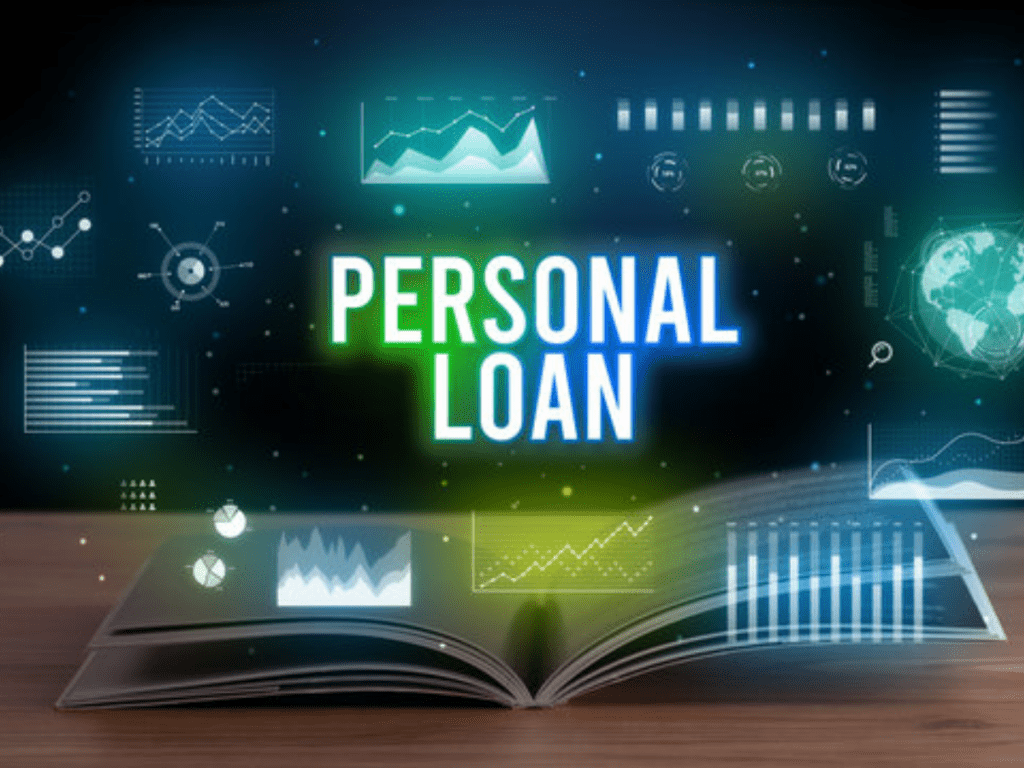Introduction
Home improvements can significantly increase the value of your property, enhance your living space, and make your home more energy-efficient and enjoyable. However, funding these improvements can be a challenge, especially if you don’t have enough savings or access to credit. One potential solution is to use a personal loan to finance your home improvement projects.
Personal loans offer a straightforward way to borrow money for a variety of purposes, including home upgrades. They are often unsecured, meaning they don’t require collateral like your home or car. If you are considering using a personal loan for home improvements, understanding how they work, the advantages, and the factors you should consider can help you make an informed decision. This guide will walk you through the key aspects of using a personal loan for home improvements and provide useful tips on how to get the most out of this financing option.
1. What Is a Personal Loan?
A personal loan is a type of unsecured loan offered by financial institutions, including banks, credit unions, and online lenders. Personal loans are typically used for a wide range of purposes, such as consolidating debt, covering medical expenses, or, as in this case, financing home improvements.
The key feature of a personal loan is that it doesn’t require collateral. This means that you won’t have to risk your home or other assets in case you fail to repay the loan. Personal loans generally have fixed interest rates and set repayment terms, making them a predictable form of borrowing.
2. Why Consider a Personal Loan for Home Improvements?
Using a personal loan for home improvements can offer several advantages over other forms of financing:
- No Collateral Required: Since personal loans are typically unsecured, you won’t have to put your home or other assets at risk.
- Fixed Interest Rates: Most personal loans come with fixed interest rates, which means your monthly payments will stay the same throughout the loan term. This can make it easier to budget for the repayment.
- Quick Access to Funds: Personal loans are often processed quickly, sometimes within a few days. This can be especially helpful if you need funds for an urgent home improvement project.
- Flexible Loan Amounts: Personal loans can range from a few thousand to tens of thousands of dollars, giving you the flexibility to finance large-scale home improvements or smaller projects.
- Lower Interest Rates Than Credit Cards: If you have good credit, personal loans can offer a lower interest rate than credit cards, making them a more affordable option for financing home improvements.
- No Need for Home Equity: Unlike a home equity loan or a home equity line of credit (HELOC), you don’t need to have equity in your home to qualify for a personal loan. This can be an advantage if you don’t own your home outright or have significant equity.
3. How to Use a Personal Loan for Home Improvements
Once you’ve decided that a personal loan is the right option for your home improvement needs, it’s time to plan how to use the funds. Here’s a step-by-step guide to ensure that you make the most of your personal loan:
Step 1: Set a Budget and Determine Your Home Improvement Needs
Before you apply for a personal loan, it’s important to know exactly what you want to achieve with the money. Start by creating a list of the home improvements you want to make, along with their estimated costs. Prioritize your projects based on urgency and importance.
Common home improvements that people use personal loans for include:
- Kitchen or bathroom remodels
- Roofing and siding replacement
- Landscaping or lawn work
- Flooring updates or repairs
- Energy-efficient upgrades like insulation or new windows
- Home painting (interior or exterior)
Once you have a clear list of projects, create a detailed budget that includes labor, materials, permits (if applicable), and any other costs that may arise during the project. Having a detailed estimate will help you determine how much money you need to borrow and ensure that you don’t borrow more than necessary.
Step 2: Check Your Credit Score
Your credit score will play a significant role in determining the terms of your personal loan, such as the interest rate and the loan amount you can qualify for. Lenders typically offer better rates and terms to borrowers with higher credit scores.
Before applying for a personal loan, check your credit score. You can obtain your credit report for free once a year from each of the three major credit bureaus: Equifax, Experian, and TransUnion. If your credit score is lower than you’d like, consider taking steps to improve it before applying for a loan. This might include paying off outstanding debts, reducing your credit utilization, or disputing any errors on your credit report.
Step 3: Shop Around for the Best Personal Loan Rates
Not all lenders offer the same rates or terms, so it’s important to shop around and compare offers from different financial institutions. Some key factors to consider when comparing personal loans include:
- Interest Rates: The lower the interest rate, the less you will pay in total interest over the life of the loan.
- Loan Terms: Loan terms typically range from one to seven years. A longer loan term may result in lower monthly payments but could increase the total interest paid over the life of the loan.
- Fees: Some personal loans come with origination fees, late fees, or prepayment penalties. Be sure to factor these into your decision.
- Repayment Flexibility: Look for a lender that offers flexibility in terms of repayment. Some lenders may allow you to make additional payments or pay off the loan early without penalties.
Once you’ve found a lender that offers favorable terms, it’s time to apply for the loan.
Step 4: Apply for the Personal Loan
Applying for a personal loan usually involves filling out an online application or visiting a branch in person. During the application process, you will need to provide some personal and financial information, such as:
- Your full name and contact information
- Your Social Security number (for credit check purposes)
- Your employment details and income
- Your credit history
The lender will assess your creditworthiness based on this information, and they may perform a hard inquiry on your credit report to determine your loan eligibility. If your application is approved, you will receive a loan offer detailing the interest rate, loan amount, and repayment terms.
Step 5: Use the Funds Wisely
Once you receive the loan, it’s time to put the funds to good use. Stay within your budget and use the money for the specific home improvements you outlined in your plan. Avoid using the loan for non-essential expenses or other debts, as this could increase your financial strain.
Step 6: Repay the Loan on Time
After completing your home improvements, make sure to stick to the agreed-upon repayment schedule. Timely payments will help you maintain a positive credit history and avoid late fees or penalties.
4. Tips for Maximizing the Impact of Your Personal Loan
- Plan for Unexpected Costs: Home improvement projects often come with hidden costs or unexpected expenses. It’s a good idea to set aside a portion of your loan funds for contingencies. Having a cushion will prevent you from running out of money mid-project.
- Consider Energy-Efficient Upgrades: While energy-efficient upgrades like solar panels or new insulation may require a larger upfront investment, they can reduce your long-term utility costs. This could make the loan more worthwhile in the long run.
- Hire Contractors Carefully: If you plan to hire contractors for your home improvement project, do your due diligence to ensure that you are working with reliable professionals. Get multiple quotes, check references, and make sure the contractor is licensed and insured.
- Use the Loan for Value-Adding Improvements: If your goal is to increase the value of your home, focus on projects that will provide the best return on investment. Kitchen and bathroom remodels, new flooring, and energy-efficient upgrades tend to offer the highest ROI.
5. Risks of Using a Personal Loan for Home Improvements
While using a personal loan to finance home improvements can be beneficial, it also carries some risks:
- Debt Burden: Taking on additional debt can strain your finances, especially if your monthly payments are high. Be sure to assess your ability to repay the loan before borrowing.
- Interest Costs: While personal loans often have lower interest rates than credit cards, they still come with interest charges. If you borrow a large sum or take a long time to repay the loan, the interest can add up over time.
- Property Value Uncertainty: Not all home improvements will increase your property’s value, and some may not provide a strong return on investment. If you’re borrowing money to increase the value of your home, ensure that your improvements are likely to generate a positive return.
6. Conclusion
A personal loan can be a powerful tool for financing home improvements, providing you with the funds you need to upgrade your living space or increase your property’s value. By following the steps outlined above and carefully managing your loan, you can make the most of this financing option and complete your home improvement projects on time and within budget.
Remember to borrow responsibly, stay within your budget, and make timely repayments to ensure that you achieve the desired results without negatively impacting your financial future.

